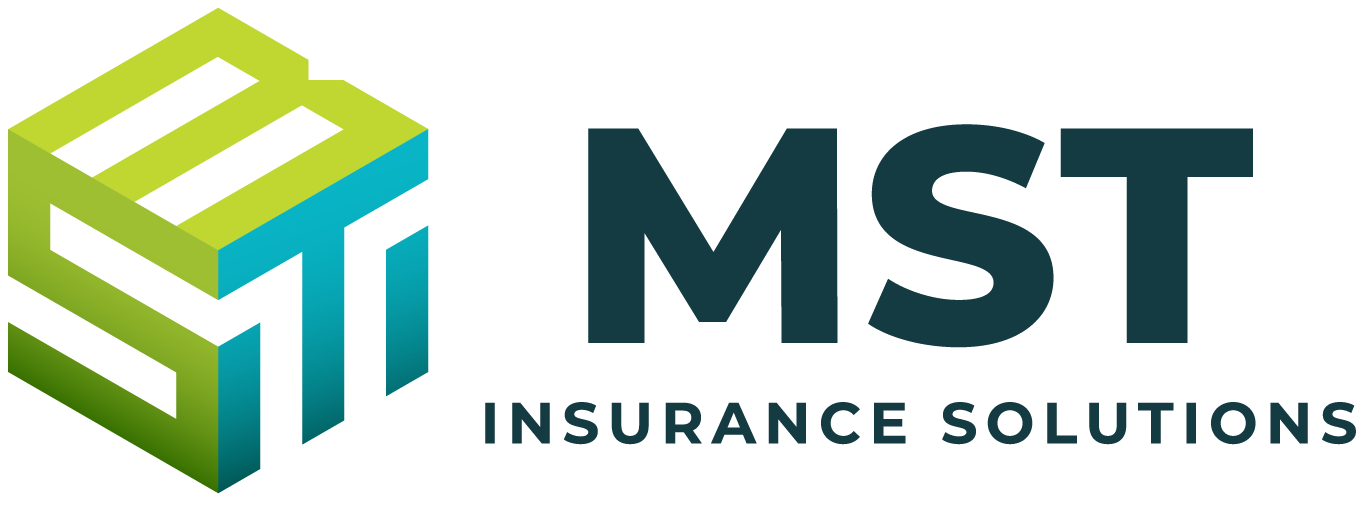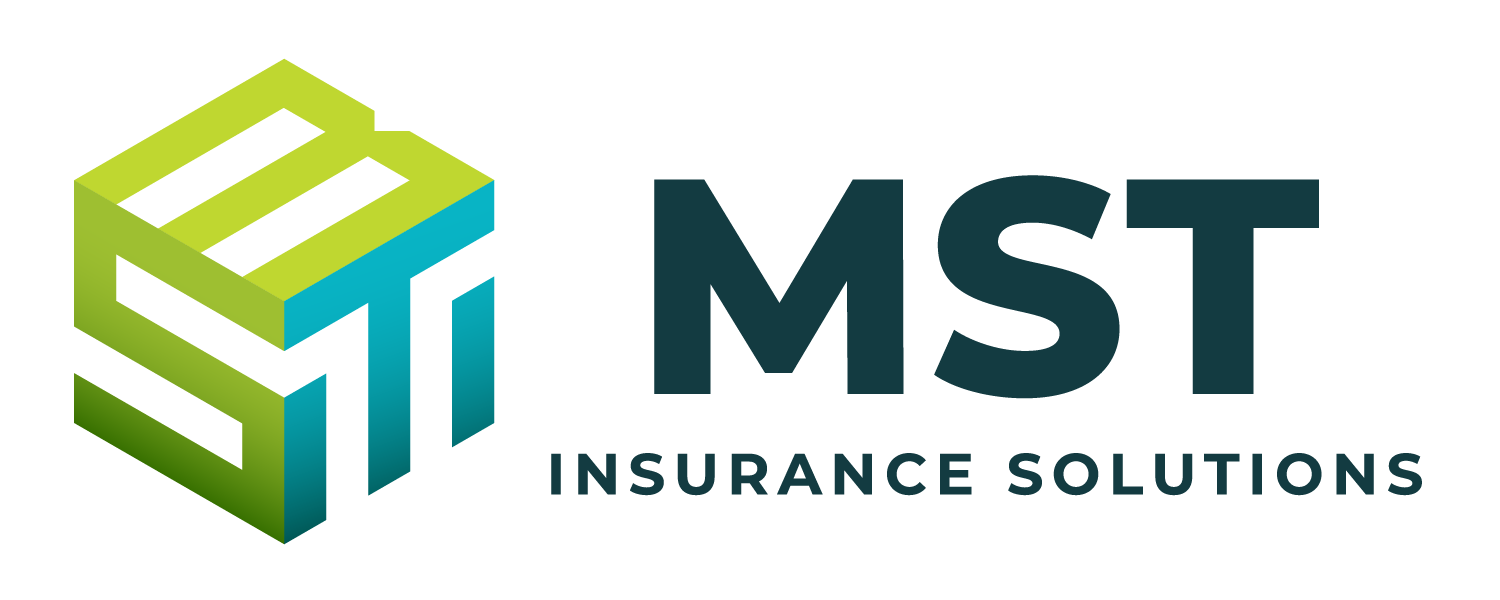Artificial intelligence (AI) chatbot ChatGPT has recently made waves for producing human-like text from user inputs. Released in November 2022, the current version of ChatGPT is accessible to anyone with a computer and internet connection, and it produces usable written material on a wide range of topics and helps make decisions. Since this technology is accessible to employers of all sizes, it presents an opportunity for organizations that strategically leverage it. Even if employers don’t plan on incorporating AI technology into their business operations, it’s still important to understand these tools and their limitations because employees may already be using them without their employers’ knowledge or permission.
What Is ChatGPT?
ChatGPT is a natural language chatbot, meaning it uses a natural language processing system to respond in a conversational manner to user inputs. This allows it to imitate human dialogue and decision-making. ChatGPT is capable of performing or helping with a variety of tasks, including the following:
Writing articles, poems and songs, performing calculations, explaining difficult concepts, automating tasks, conversing with users
How Many People Use ChatGPT?
As of January 2023, ChatGPT has 100 million users and more than 13 million daily users. ChatGPT is free; however, OpenAI, the creator of ChatGPT, offers a subscription, which makes the chatbot available to subscribers during peak times, provides them with faster responses and offers priority access to new features and improvements.
How Does ChatGPT Work?
ChatGPT is a network machine learning model trained using data sets to generate human-like text on various subjects. The chatbot is trained from books, websites and articles to create questions, answers, summaries, translations, calculations, code generation, conversations and more. Its knowledge is limited to information available when it is trained, and it cannot access new information. As a result, some of the information and answers ChatGPT provides users may be outdated or inaccurate. The current version of ChatGPT uses 100 trillion machine learning parameters, but this information is only updated to 2021.
How Can ChatGPT Impact the Workplace?
Incorporating AI technology can enable employers to run more efficiently by automating manual, error-prone tasks and augmenting how employees work, allowing them to focus on more important tasks and increasing the value they bring. AI technology can impact nearly every facet of an organization, including the following departments:
HR, Marketing, Accounting, Legal, Software engineering
How Can ChatGPT Impact the Workplace?
Incorporating AI technology can enable employers to run more efficiently by automating manual, error-prone tasks and augmenting how employees work, allowing them to focus on more important tasks and increasing the value they\ bring. AI technology can impact nearly every facet of an organization, including the following departments:
HR, Marketing, Accounting, Legal, Software engineering
While AI technology can replicate many human-like behaviors and capabilities, it has considerable limitations, including lacking critical thinking, strategic decision making and creativity, and can create potential legal and privacy issues.
AI tools like ChatGPT have the potential to change employees’ work and increase organizational efficiency. While this technology is relatively new, savvy employers will closely monitor AI technology’s developments and find ways to incorporate it effectively.
For a copy of this notice, click here: ChatGPT and the Workplace – Infographic

